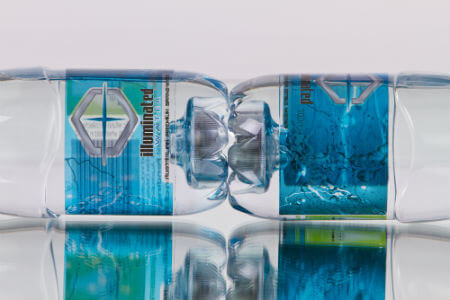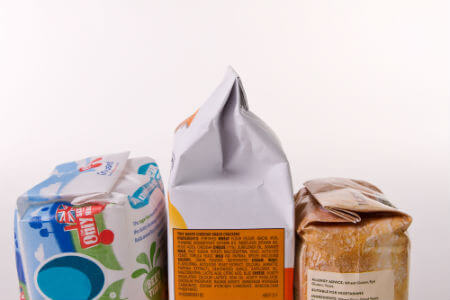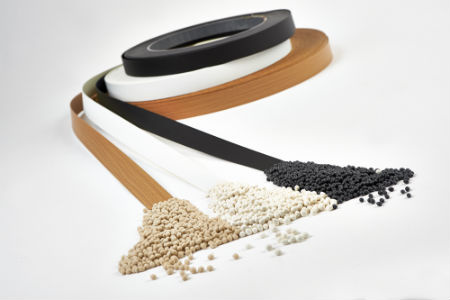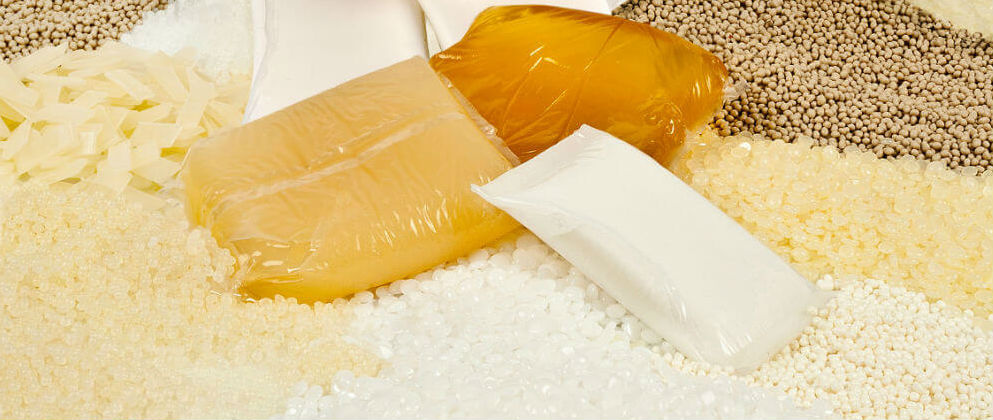How to choose a hot melt adhesive?
- What is hot melt?
- Where is hot melt applied?
- Types of hot melt
- How to choose a hot melt adhesive?
- Tips for using hot melt
- Where can I buy hot melt?
Adhesives are a product you cannot do without in production or at home,. There is always a use for them in any field and that is why adhesives are in great demand.
So, let's talk about hot melt or hot melt adhesive, its application and how to choose the right one so that it will effectively perform its task according to the needs of your enterprise.
What is hot melt?
Hot melt adhesive (hot melt, hot adhesive or thermoplastic adhesive) is an adhesive based on thermoplastic polymers. Hot melt is solid at room temperature and, when heated above the melting point, it passes into the viscous-flow state. Before using these adhesives it is necessary to heat them with special equipment until they melt and then apply them to the substrates to be bonded.

What is the advantage of using hot melt, compared with other types of adhesives?
- High adhesive strength is achieved because hot melt resolidifies when cooled, creating a strong adhesion between the substrates to be bonded, which makes it possible to use it in a wide variety of applications.
- Hot melt is resistant to the effects of various external factors, which allows for universal use of hot melt.
- Hot melt adhesives consisting of polymers are suitable for the same applications as solvent adhesives. Hot melt has become so popular that it overtook the use of solvent based adhesives. Compared with these adhesives, hot melt sets faster, is more economical, and lacks volatile organic compounds.
Where is hot melt applied?
- Packaging industry: production of packages from paper, cardboard and corrugated cardboard, production of adhesive tapes and gluing labels. Hot melt is most often used in this industry.
- Polygraphic industry: to glue book and magazine bindings.
- Textile and shoe industry: to glue appliqués, soles for shoes, etc.
- Woodworking and furniture industry: to face veneer and glue edges.
- The automotive industry uses hot melt adhesives for a variety of applications, including bonding insulation and cushioning materials and gluing headlights in metal frames.
- In the electronics industry, hot melt adhesives are also used, for example, for gluing coil windings and coil ends.




Types of hot melt
There are many varieties of polymers in this class including both natural and synthetic polymers. Depending on its chemical nature, application and purpose, hot melt is manufactured in various forms that include glue sticks or hot melt sticks, pastilles, pellets, pads and barrels.
Hot melt is applied by spraying, extrusion or by means of a shaft. The hot melt distribution equipment can be hot melt reservoirs, vacuum conveyors or other devices.
Raw materials used in hot melt affect the color and other organoleptic properties, functionality, cost and productivity. Typically, hot melt consists of a polymer that has various shapes and several components. These components include resins, waxes, and various additives such as antioxidants, plasticizers, etc. Also, other chemicals can be added to the hot melt adhesive to provide certain properties.
How to choose a hot melt adhesive?
Proper glue selection is a very important production step. When experts select a hot melt adhesive they keep in mind a number of properties, including color, surface structure, bonding strength, time among others. Let's look at a number of key criteria that you should consider when choosing a hot-melt adhesive:
-
What material is the product made from? Are you gluing wood, cardboard, foamed materials or something else? Are the materials to be bonded the same or is one is porous and the other not?
-
What is the size of the area you need to glue together? Is it a small area, or do you need to apply an adhesive on a large surface before you glue the materials together?
-
How will the final product be used? Think about where the glued product will travel and what is will be used for in the hands of a consumer or it will be used in another production process? What will be the storage and transportation conditions for the bonded products- a dry or wet room, temperature, etc.

In any case, to select a hot melt adhesive properly, we recommend that you contact our specialists. "Lux-X" technologists will take into account the features of the production equipment, the type of substrates to be bonded, and the conditions where the glue will be applied. Remember, the right choice of adhesive will depend on the strength, functionality and appearance of the products you produce!
Tips for using hot melt
- The materials to be bonded must be dry and free of dust, oil and grease.
- Hot melt should be applied at the recommended temperature for the given brand.
- The temperature of the materials and the environment can affect adhesion.
- The amount of adhesive applied can greatly affect setting: too little - the glue will cool faster, perhaps before adhesion of materials can occur; too much – cooling will be too slow and prevents the glue line from setting, allowing it to separate.
Where can I buy hot melt?
If you want to order hot melt, then we invite you to familiarize yourself with the wide range of offers on our website. When calling "Lux-X", you will be given the hot melt price and the technical characteristics of the glue product. Thanks to many years of experience and high quality materials used in our production, Lux-X's products have become popular among the largest Ukrainian enterprises and among small companies that have cooperated with us for many years. If you have any questions or desire to purchase a hot melt, then you can always contact us by the phone numbers indicated on the site or fill out the feedback form. Free delivery of goods is offered throughout Ukraine.






